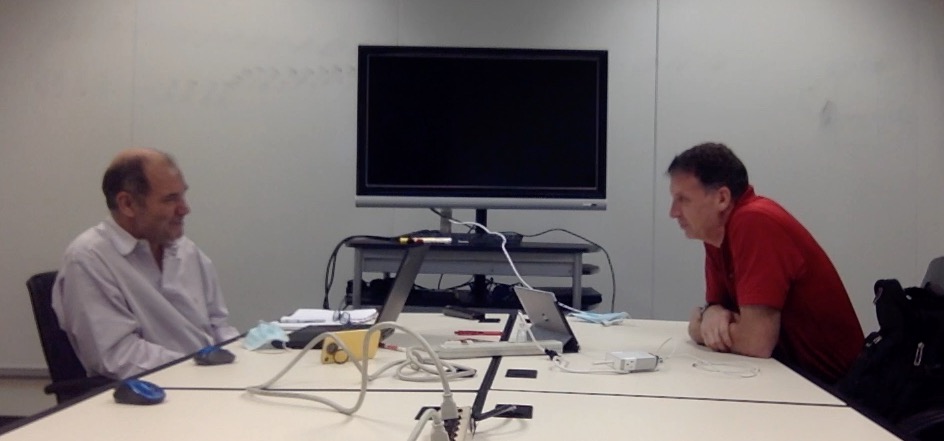Applied math allows us to predict the future in many ways. I’ve had many mentors that have asked me over the years as they reviewed my approach to problems: “Have you done the math?” Daniel Kahneman in his book, “Thinking Fast and Slow” explains that doing math requires greater effort of our brains. So doing math is not easy, but it protects us from many types of problems.
A common problem I have seen through the years is to overestimate the power of our computers, languages, and ERP and reporting systems to produce analytical outputs needed to measure and evaluate our world, specifically financial analyses. I have seen projects that involved months and even years of effort result in systems meant to produce daily financial outputs that run for days and still don’t produce the outputs.
Computers are very predictable. As we add layer on layer of software that might or might not be appropriate to the job to be performed, they can become unpredictable, but at the bottom of most computer processes is a predictable pattern of behavior. Doing the math is simply thinking about how to produce the analytical outputs from the business events they are measuring.
In the next few videos, we’ll analyze the steps of this analysis. We’ll begin by using a business meeting as analogy for how a computer works; then we’ll talk about the inputs to be gathered, the parameters of the problem, and steps to be performed to predict how much computing capacity will be needed for a given set of outputs; last we’ll talk about the process of tuning the system to fit in the required budget, yet minimizing the duplicative data stored and reconciliation processes required.
This is Episode 131 of Conversations with Kip, the best financial system vlog there is.





Leave a Reply